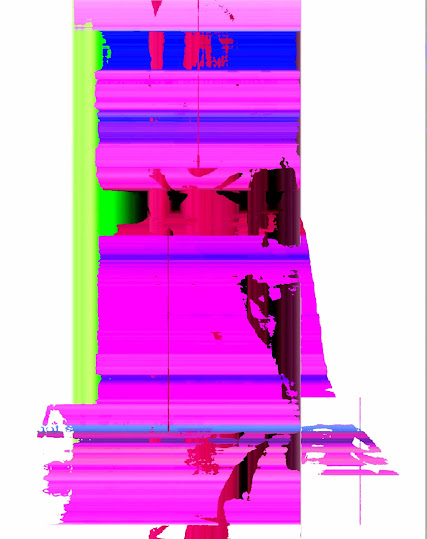It’s vogue now to show diversity awareness, but as we step forward in our social discourse, we ought to consider the act of the step itself: we do not all walk the same, and some of us roll. Literally. When we go out. In Covid, we are your high risk: the woman on your daily stroll with the great garden, the woman in the chair you see sometimes in Walmart, the older guy at the pharmacy in today’s fashionista moment—do you see us?
Well, Jillian Weise makes sure she’s seen. If you think to hashtag #Disability in your scrolling. And therein, call yourself out. As we move forward into our own history, and we feature bipoc lgbtq intersectionality, has even a thought fluttered by for those of us whom even a venture for essentials is literally a life risk? For how can we ignore Covid? We are scrolling more, reading more and those who are not are causing death in their wake. Some long haulers will never again be as abled. It is in our own and in social interest to give voice to those for whom our presence was, a best, ghostly. We turn to our social media, and there she is suddenly very present on Twitter and Instagram, and always glamorous, with wry and interesting posts. We find out she has written things, and it’s poetry and we love poetry. Disabled poetry: imagine.
Cyborg Detective , Weise’s 2019 volume (BOA Editions) has some interesting reviews, and those with a more literary bent to their reading out to note Weise’s work for that sake alone. Diane R Wiener in a review on wordgathering.com , views the text as a reading challenge:
“[…]what is the degree of our engagement with ableist poetry and other writing’s norm,and what’s to be done about this pattern? No one is innocent.” And Wiener further states” Albeism, as infuriating as it is commonplace, is far too often taken for granted, or, if remembered at all, is last on a list of priorities” As further evidence of positing this text on disability written as poetry at that point of literary intersectionality, is an essay by Anthony Madrid for Rhino posits Weise as a satirist of the highest caliber and mentions disability as “the writer is, page after page, sticking up for the humanity of disabled people, of which she is one (she has a robotic leg). She is everywhere fierce; she is not afraid to name names” except for those who would prefer to continue shadowy misdeeds, our public collections and our epicurean reading have evidence to posit Weisse’s work firmly within both academic and popular cultures.
But not every text that claims disability has disability credibility and we ought not to have to bring a note from the doctor: nonetheless, there are poseurs, there is glossy black vinyl and people who will throw scraps, our theoretical allies. For this, the work must speak. If we read the book backwards, because maybe we are that way, the poem “ Anticipatory Action” directly features a collective voice with terminology established in previous, and widely published poems as referencing disability: the cyborg.
[…]sometimes you all / come in and need us to assert/our powerlessness//.
Of course, we trust you (75)”
In “ Biohack Manifesto”, Weise establishes herself firmly within disability culture, “here I am at Walmart //Please, please can you make/ your children stop following me(70)”. For while it might seem to be diversity inclusion to have pretty people of all genomes modeling trousers, the disabled are the unsightly, the don’t stare at stare, the high risk you hear about but might see as a peripheral blur.
For anyone who looks, Weise can be seen. Her arguments are posed as poems, as posts, as a contributing voice to those of us who are maybe heard more so as our communities learn the forever effects of this horror that beleaguers us. As we reconsider who we are, we ought to move to include the voices of the disabled in our discourses, even down to the poetics of language, as Weise here proves.
Jillian Weise was born in Houston, Texas, in 1981. A poet, performance artist, and disability rights activist, she studied at Florida State University, University of North Carolina at Greensboro, and the University of Cincinnati.Weise is the author of three collections of poetry, including Cyborg Detective (BOA Editions, 2019) and The Book of Goodbyes (BOA Editions, 2013), winner of the 2013 James Laughlin Award from the Academy of American Poets, which recognizes a superior second book of poetry by an American poet


















